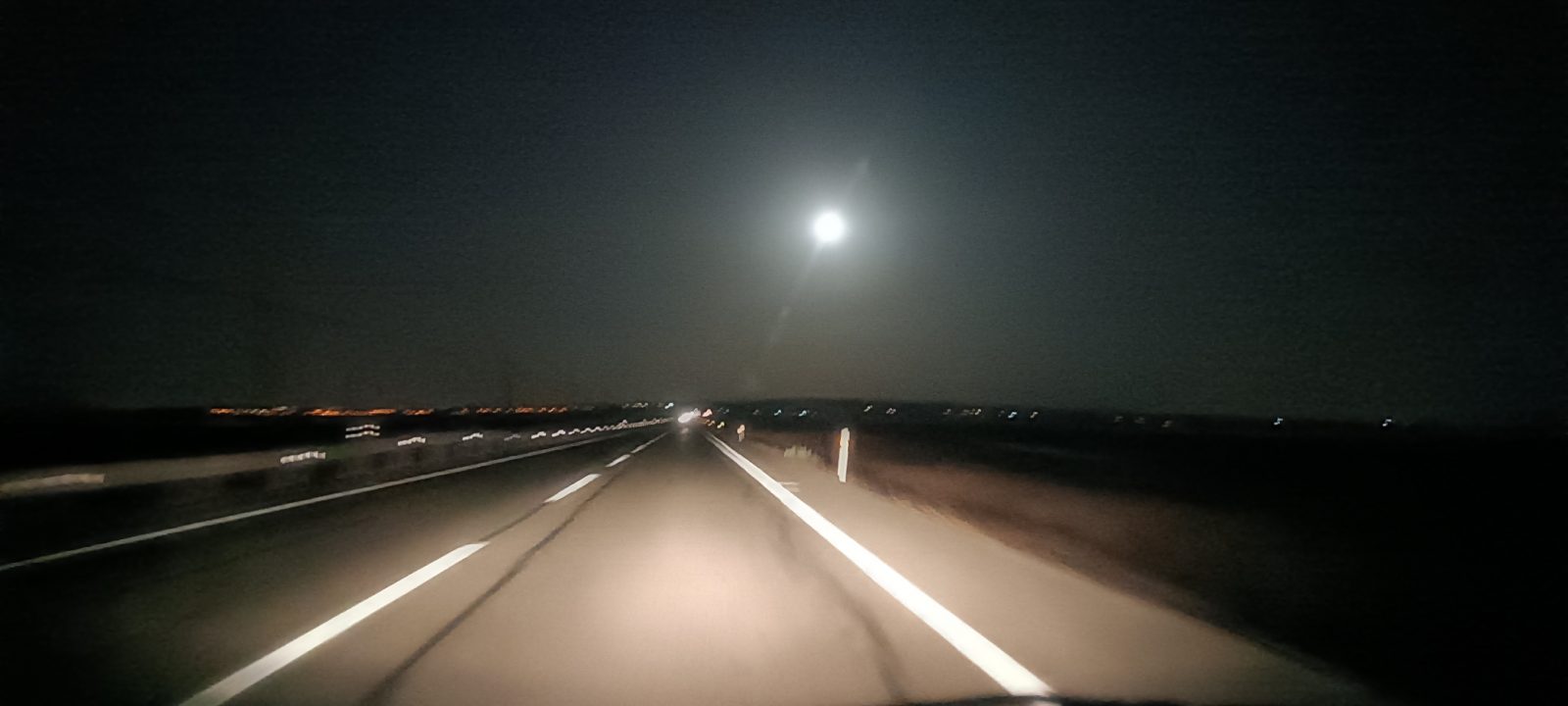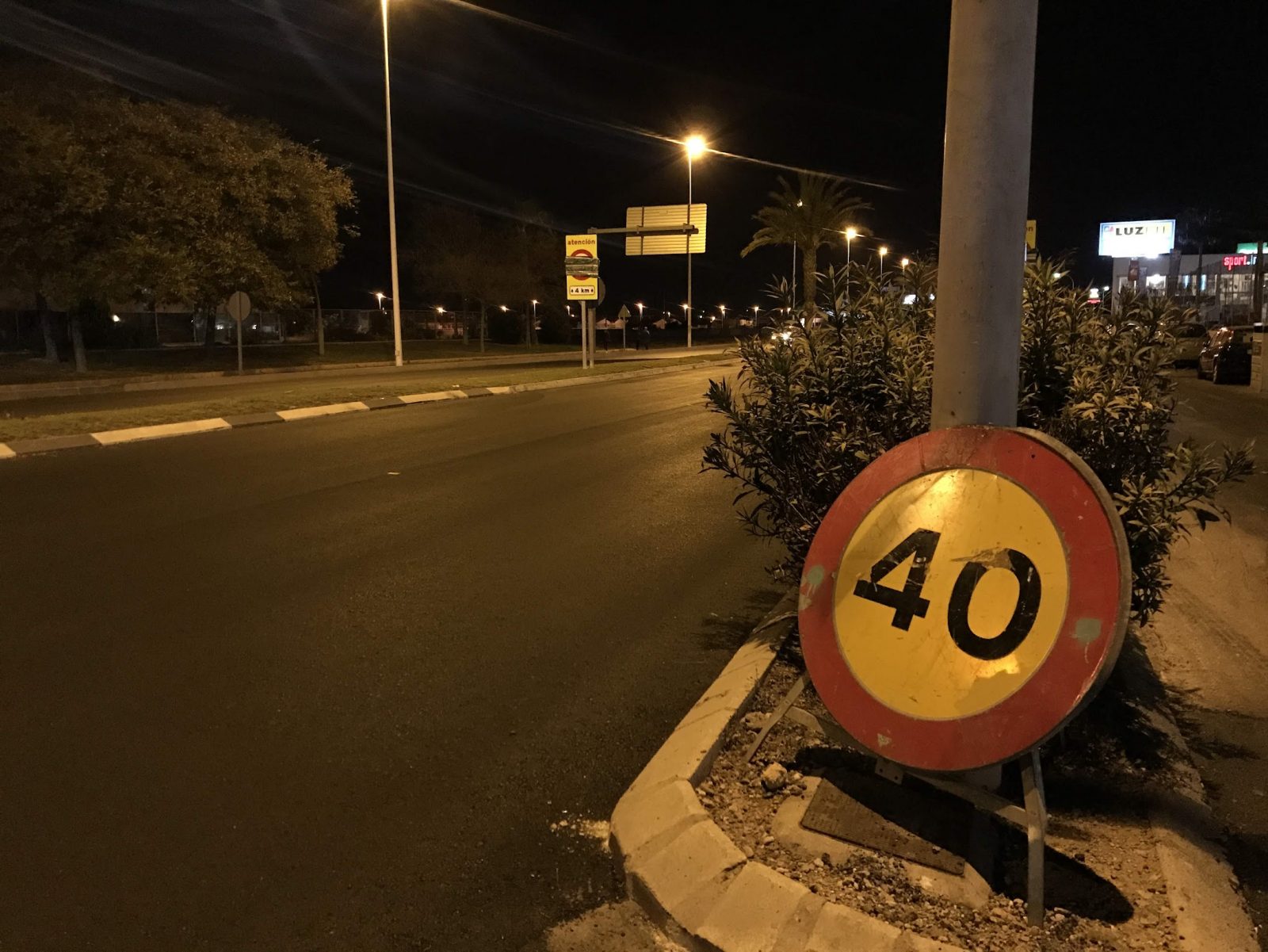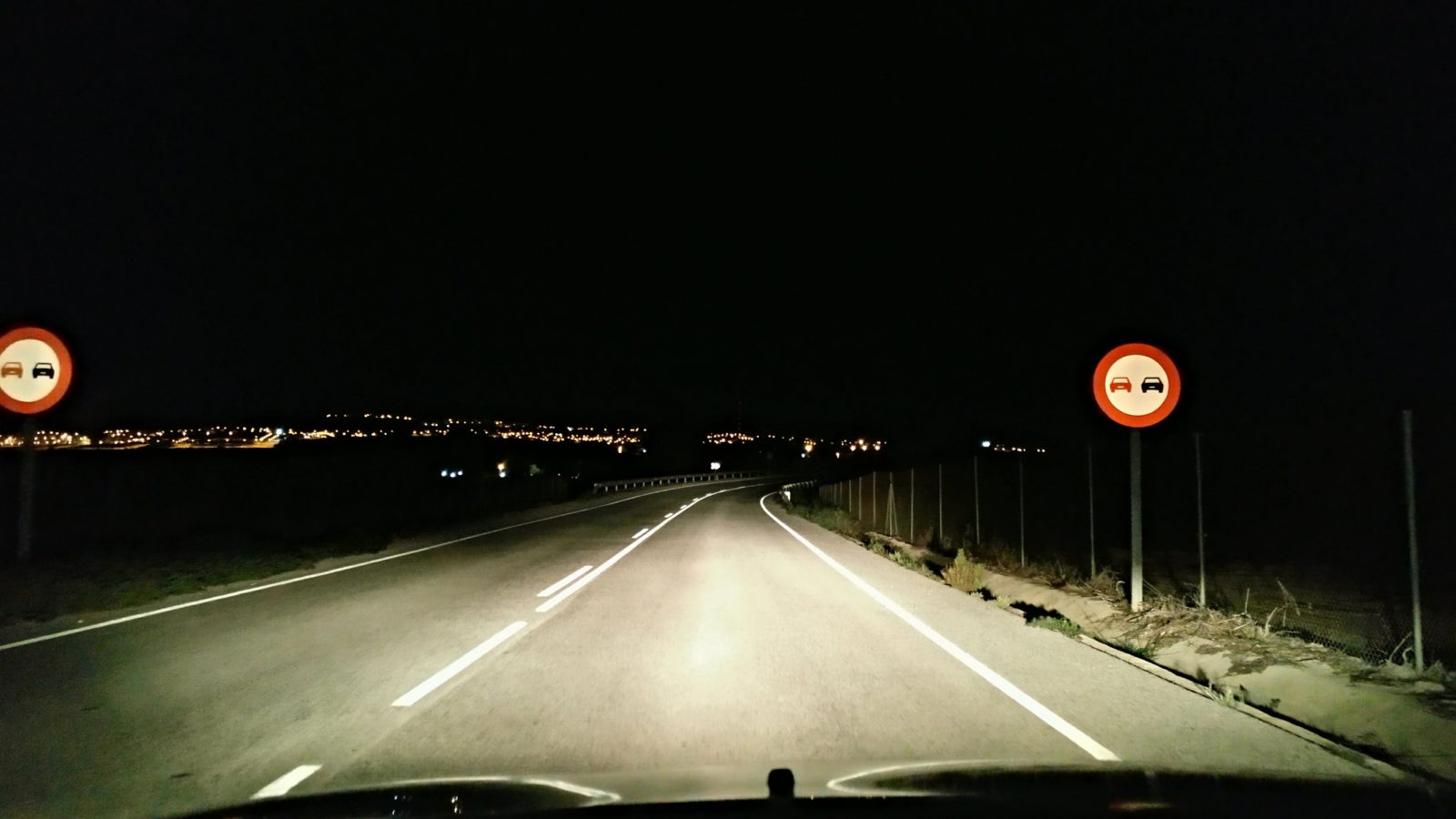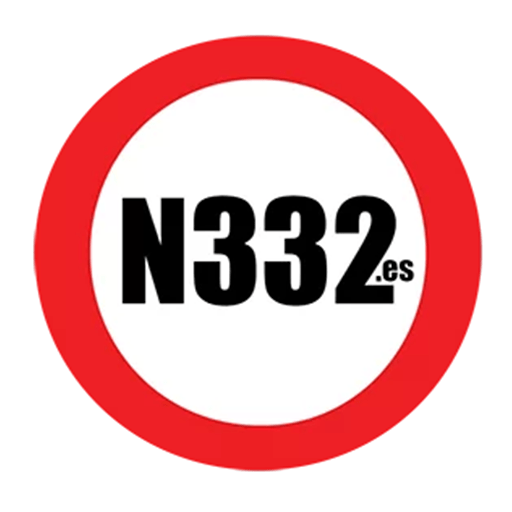When you drive at night, much of what keeps you safe is not the light from your own car, but the light reflected back from the road. Paint, studs, and signs all contain special reflective materials that send light directly to the driver’s eyes — turning dark, empty roads into navigable paths.



Spain’s highways are equipped with retroreflective paint and cat’s-eye studs designed to remain visible even in rain. However, wear, dirt, and sun exposure can fade them over time. When reflective paint loses brightness, it can increase accident risk by reducing lane definition and guidance.
The DGT and road authorities regularly inspect and renew markings, particularly on motorways and main roads. Drivers can do their part by reporting damaged or missing signs through official channels. On rural routes, where maintenance may be less frequent, extra care is essential.
Reflective road signs are equally important. They provide early warning of bends, crossings, and speed changes. A clean sign is a visible sign — drivers should not hesitate to report obscured or vandalised ones.
Visibility technology is advancing fast, with new thermoplastic materials and micro glass beads improving reflectivity and durability. Yet the simplest action still helps: keep your headlights and windscreen spotless. Even the best road markings cannot help if your view is blurred. Every visible line and glowing sign contributes to safety. When the reflection fades, so does the margin for error.
Discover more from N332.es - Driving In Spain
Subscribe to get the latest posts sent to your email.

You must be logged in to post a comment.